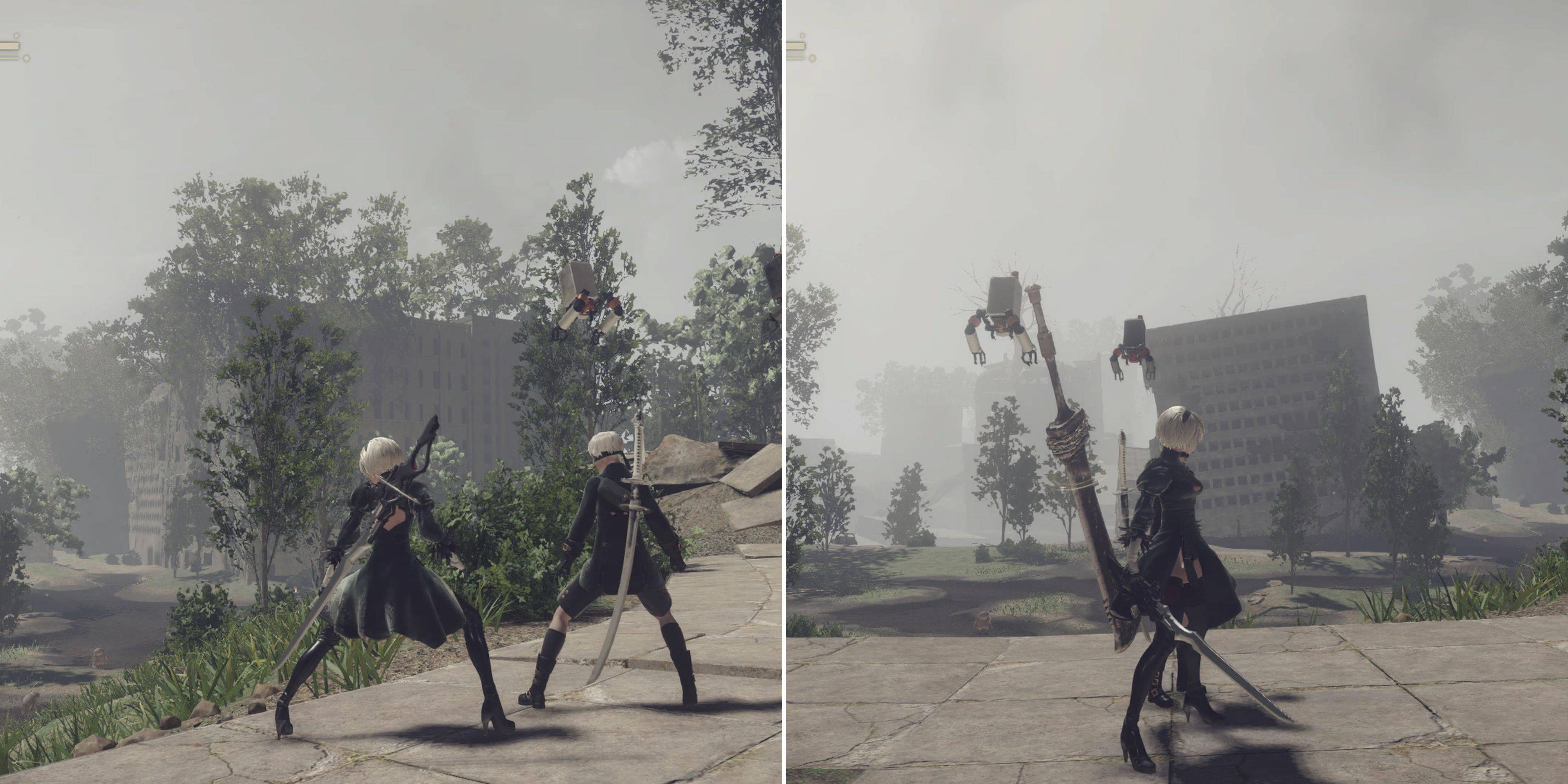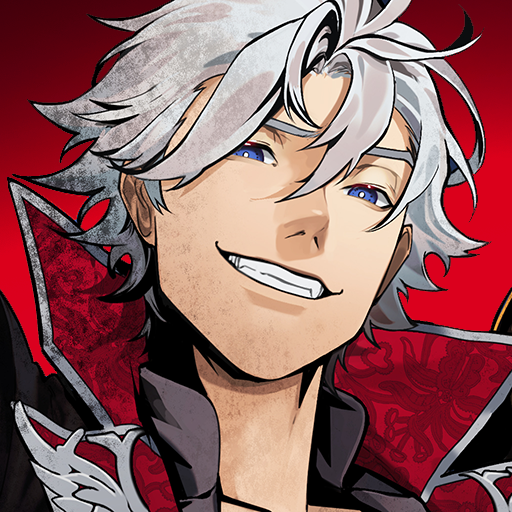How Frank Miller Returned to Daredevil for Born Again
During the mid-1980s, Marvel was riding high on both creative and commercial success, marking a prosperous period following the financial struggles of the late 1970s, which were alleviated by the success of Star Wars. This era saw the release of Secret Wars in 1984, a groundbreaking series that reshaped the comic industry and set new trajectories for Marvel's heroes and villains. The impact of Secret Wars on the Marvel universe and the broader comic industry was profound, ushering in a new era of storytelling and marketing strategies.
Other standout stories from this time include Frank Miller's Born Again arc in Daredevil, the return of Jean Grey in X-Factor, and Walt Simonson's Surtur Saga in Thor. In this article, we delve into these transformative narratives and other significant stories from the same period. Join us as we continue our exploration of Marvel's essential issues in Part 8 of our series.
More Essential Marvel
- 1961-1963 - The Birth of a Universe
- 1964-1965 - The Sentinels Are Born and Cap Dethaws
- 1966-1969 - How Galactus Changed Marvel Forever
- 1970-1973 - The Night Gwen Stacy Died
- 1974-1976 - The Punisher Begins His War on Crime
- 1977-1979 - Star Wars Saves Marvel From Bankruptcy
- 1980-1982 - Did the Dark Phoenix Saga Usher in the Greatest Decade for Marvel?
**Frank Miller's Born Again and Walt Simonson's Surtur Saga
For truly acclaimed storylines from this era, look no further than Born Again, where Frank Miller returned to writing Daredevil, this time with David Mazzuchelli on art. This arc, spanning Daredevil #227-233, is often considered the definitive Daredevil story. It follows Karen Page's descent into addiction, leading her to sell Daredevil's secret identity for heroin. This information falls into the hands of the Kingpin, who uses it to dismantle Matt Murdock's life. Stripped of everything, Matt finds himself at rock bottom, only to be saved by his mother, a nun named Maggie. His gradual return as Daredevil, juxtaposed with the Kingpin's descent into fanaticism, crafts a compelling narrative. This storyline inspired Season 3 of Netflix’s Daredevil and will influence the upcoming Disney+ series Daredevil: Born Again.
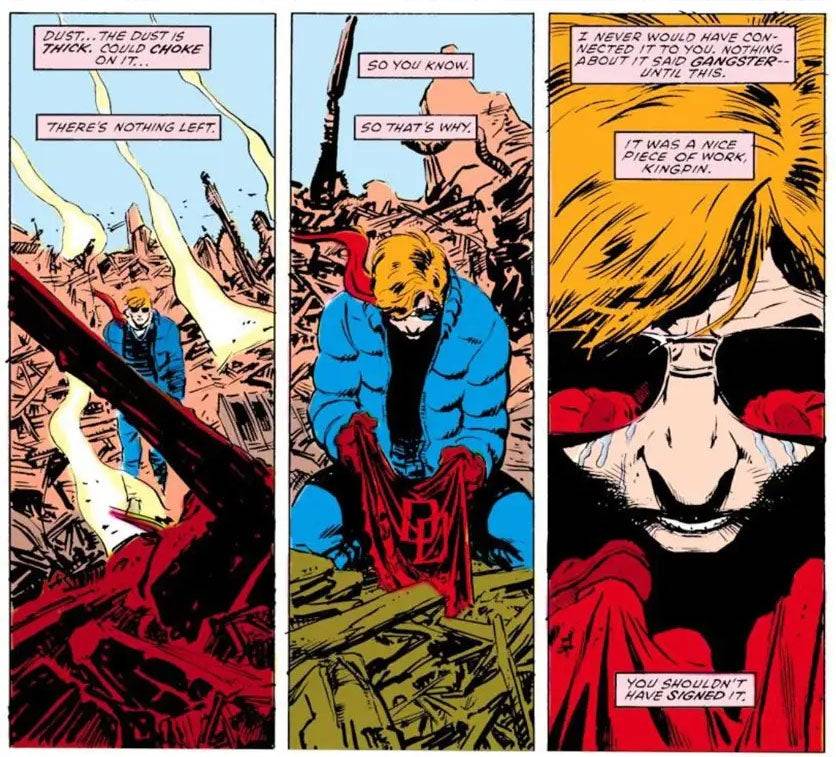
Simultaneously, Walt Simonson's tenure on Thor, starting with issue #337 in 1983, introduced Beta Ray Bill and revitalized the series with a mythic fantasy feel. His magnum opus, the Surtur Saga (Thor #340-353), depicted the fire demon Surtur's attempt to bring about Ragnarok using the Twilight Sword. This saga introduced Malekith the Accursed and led to an epic confrontation involving Thor, Loki, and Odin. Elements of this saga were later adapted into films like Thor: The Dark World and Thor: Ragnarok.
Secret Wars Changes Comics Forever
As discussed in Part 4 of our series, the Avengers/Defenders War of 1973 was a precursor to the event crossovers that became a staple of Marvel and DC's output. A decade later, this trend culminated with Secret Wars in 1984, a 12-issue miniseries by Jim Shooter, Mike Zeck, and Bob Layton. Conceived as a marketing tie-in with Mattel, the story involved the Beyonder transporting Marvel's heroes and villains to Battleworld to determine the supremacy of good versus evil. While the series is known for its large cast and significant impact on the Marvel universe, it has been critiqued for lacking depth in character development. The success of Secret Wars led to Secret Wars II and influenced DC's Crisis on Infinite Earths, solidifying the event story model in comic publishing.
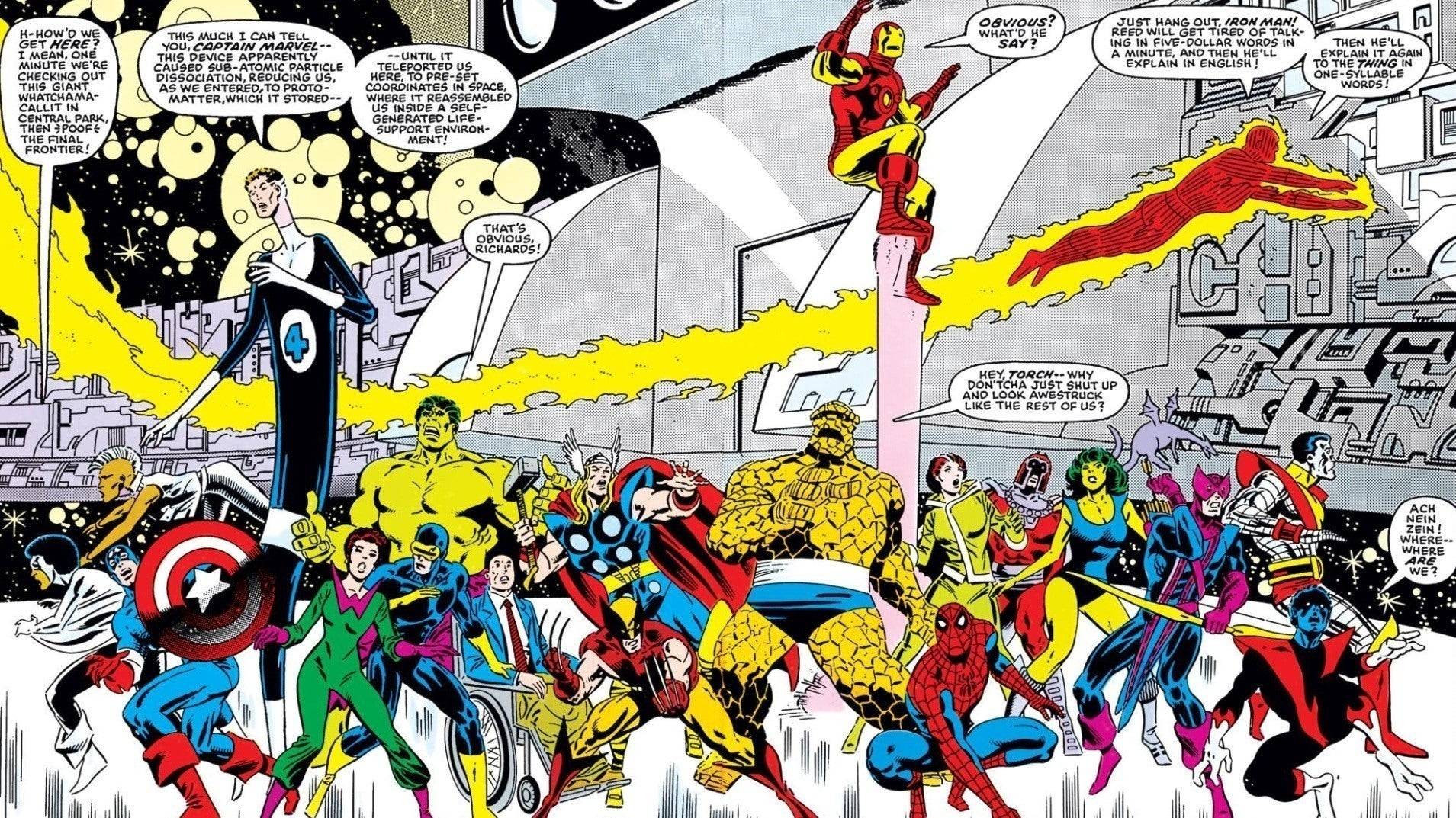
Spider-Man’s Symbiote Suit and Other Iconic Spidey Stories
Following Stan Lee and Gerry Conway's foundational work, Roger Stern revitalized Amazing Spider-Man starting with issue #224. His introduction of the Hobgoblin in issue #238 marked a new era for Spider-Man's adversaries. Though Stern's departure after issue #251 left the Hobgoblin's identity unresolved, he later returned to conclude the story in the 1997 miniseries Spider-Man: Hobgoblin Lives.
In Amazing Spider-Man #252, the black symbiote costume debuted, a pivotal moment originating from Secret Wars #8. This costume sparked a major subplot leading to the emergence of one of Spider-Man's most iconic villains. The symbiote saga has been widely adapted across various media, though often without the Battleworld context. Additionally, The Death of Jean DeWolff in Spectacular Spider-Man #107-110, penned by Peter David and Rich Buckler, offered a darker narrative, showcasing Spider-Man's hunt for the Sin-Eater and his conflict with Daredevil.

Jean Grey Returns, the Rise of Apocalypse, and Other Mutant Landmarks
The mid-1980s were also a transformative time for Marvel's mutants. Vision and the Scarlet Witch #4 revealed Magneto as the father of Quicksilver and Scarlet Witch, a revelation that remained canon until 2015. X-Men #171 marked Rogue's transition from villain to hero, while X-Men #200 saw Magneto's trial and subsequent leadership of Xavier's School. Both these character arcs have been influential in various adaptations.
Jean Grey's resurrection in Avengers #263 and Fantastic Four #286 set the stage for her reunion with the original X-Men and the formation of X-Factor. This team's early adventures in X-Factor #5-6 introduced Apocalypse, a formidable foe who has since become a staple in X-Men lore and media.
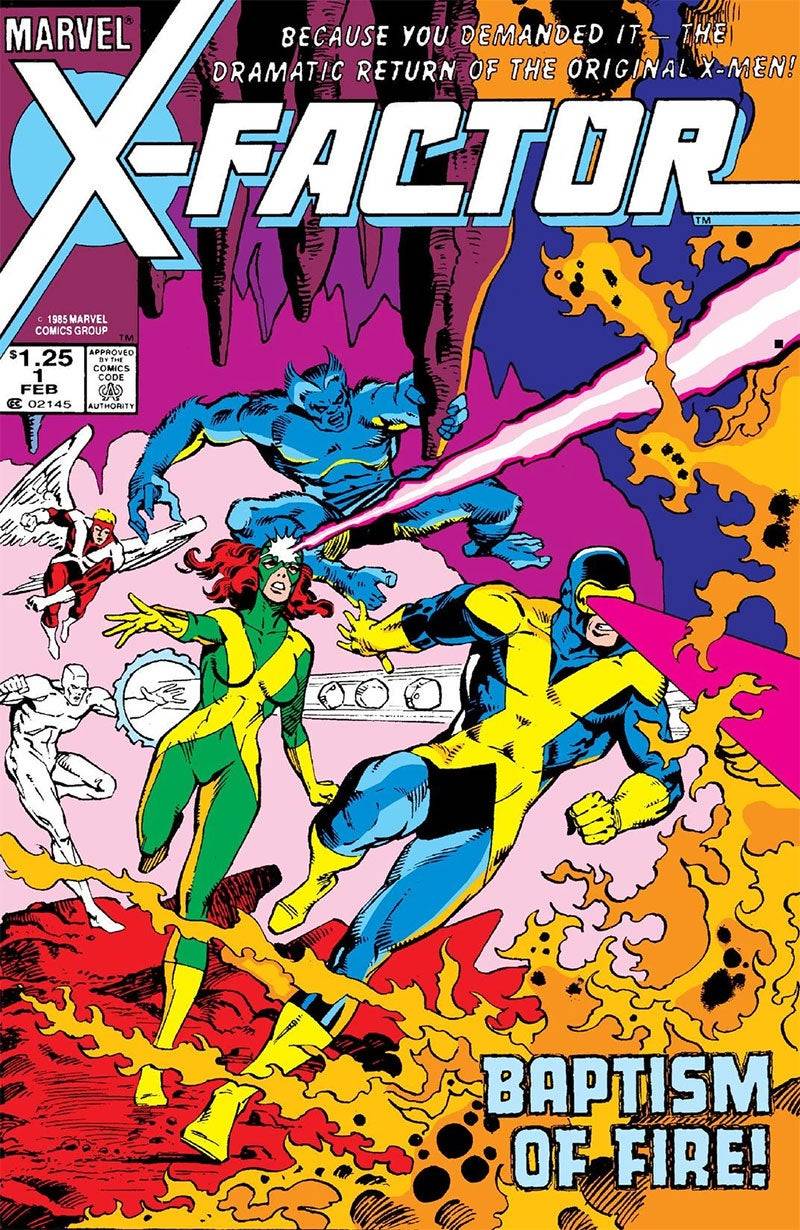
Latest Articles


![1xBet [Updated]](https://imgs.yx260.com/uploads/76/1719623227667f5e3be7616.jpg)













